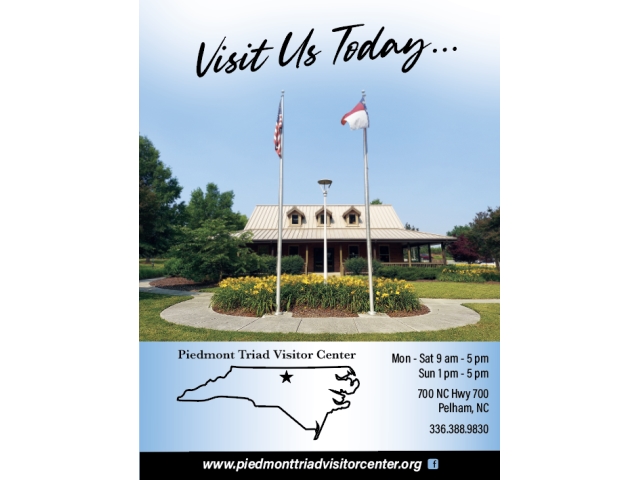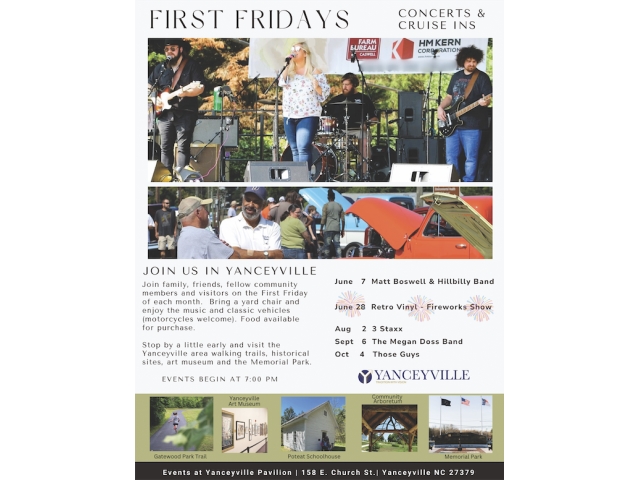
By Norwood Walker
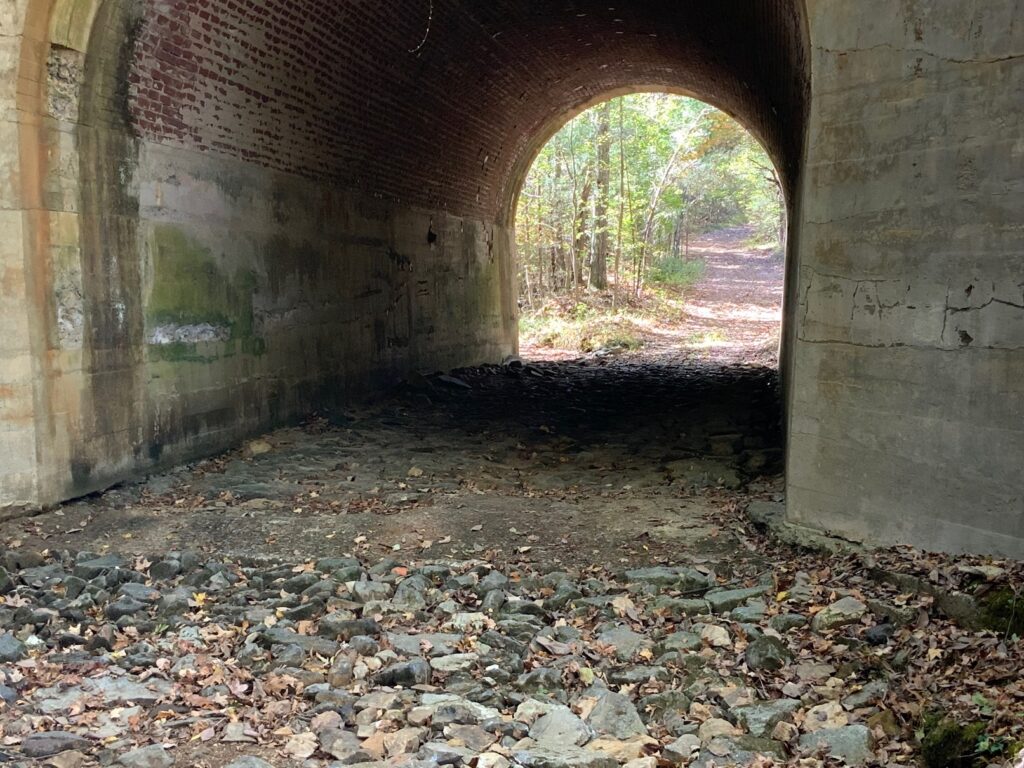 “…access to the most magical place on these 400 acres: The tunnel for which the property is named. A part of the Lynchburg to Roxboro railroad and spanning an old postal road, the tunnel is a majestic yet humble structure amid woods just over the creek. Who knows how many generations of children who grew up in this area played here as kids and what games fired by their imaginations they must have played? It is a magnificent structure made of granite …”
“…access to the most magical place on these 400 acres: The tunnel for which the property is named. A part of the Lynchburg to Roxboro railroad and spanning an old postal road, the tunnel is a majestic yet humble structure amid woods just over the creek. Who knows how many generations of children who grew up in this area played here as kids and what games fired by their imaginations they must have played? It is a magnificent structure made of granite …”
The quote above is from an article about Tunnel Creek Vineyards, the new winery and venue in Person County, that appeared in the fall 2019 edition of this magazine. The full article may be found online at HycoLakeMagazine.com/tunnel-creek-vineyards/. The quote contains speculation, or a best guess at the time, and definitely an error.
The Error
 The tunnel is not made of granite. Upon viewing, it is obvious that it is made of cement and brick. Cement seems to cover the interior walls halfway up and exposed brick forms the rest of the interior, creating a beautiful arch. Perhaps the entire interior is brick with cement coating to a height. The exterior appears to be cement, and there are no visible signs of the type of support system that frames the structure. The floor of the tunnel is a bed of similar-sized rocks that at first resembles a creek bed but then appears to be more of a roadbed. Signs of early roads at either entrance to the tunnel add credibility to the idea of the roadbed but the proximity of a nearby creek, which seems to have flowed through the tunnel, raises questions.
The tunnel is not made of granite. Upon viewing, it is obvious that it is made of cement and brick. Cement seems to cover the interior walls halfway up and exposed brick forms the rest of the interior, creating a beautiful arch. Perhaps the entire interior is brick with cement coating to a height. The exterior appears to be cement, and there are no visible signs of the type of support system that frames the structure. The floor of the tunnel is a bed of similar-sized rocks that at first resembles a creek bed but then appears to be more of a roadbed. Signs of early roads at either entrance to the tunnel add credibility to the idea of the roadbed but the proximity of a nearby creek, which seems to have flowed through the tunnel, raises questions.
One thing not in dispute is that railroad tracks run over the top of the tunnel. Whoever built it created a well-built and enduring structure — most likely at a high cost — that makes a great backdrop for wedding pictures.
Speculation
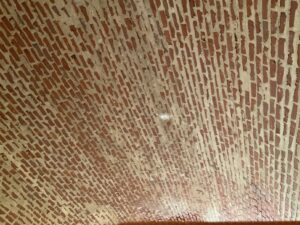 Who might have built this impressive and costly structure? For what purpose? Did the roads exist before the tunnel, and were they really old postal roads? How old is the tunnel? Is the floor of the tunnel a creek bed, a roadbed, or something else? Some people who have lived in the area all of their lives didn’t know of its existence. Some older gentlemen remember playing in the woods and tunnel when they were young boys. The answers to these questions possibly lie in examination of two things: roads and railroads.
Who might have built this impressive and costly structure? For what purpose? Did the roads exist before the tunnel, and were they really old postal roads? How old is the tunnel? Is the floor of the tunnel a creek bed, a roadbed, or something else? Some people who have lived in the area all of their lives didn’t know of its existence. Some older gentlemen remember playing in the woods and tunnel when they were young boys. The answers to these questions possibly lie in examination of two things: roads and railroads.
The Roads
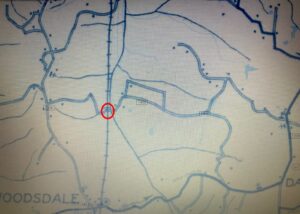 Local history buff James Pentecost was helpful in providing sources of information for early roads in Person County. He provided a link — https://web.lib.unc.edu/nc-maps/interactive/Cm912-73_1924u.php — which shows early postal routes and roads along with post offices, churches, schools and railroads existing in Person County around 1910. The map shows a road crossing the railroad at the location of the tunnel, and other roads in the area. According to a later survey map of Person County, these roads were not a part of the county road system. The roads were still around but no longer widely used. There seems to have been no mail routes in the area of the existing road. This supports a former resident’s account of hearing stories from parents and grandparents about an area near the railroad tracks where the train would slow down and mail bags would be thrown out. This raises the question, “Did the families in the area band together for a type of volunteer delivery system?” There was a road there. It crossed the path of the railroad. It was probably there before the railroad came along in the 1890s. But who knows for sure?
Local history buff James Pentecost was helpful in providing sources of information for early roads in Person County. He provided a link — https://web.lib.unc.edu/nc-maps/interactive/Cm912-73_1924u.php — which shows early postal routes and roads along with post offices, churches, schools and railroads existing in Person County around 1910. The map shows a road crossing the railroad at the location of the tunnel, and other roads in the area. According to a later survey map of Person County, these roads were not a part of the county road system. The roads were still around but no longer widely used. There seems to have been no mail routes in the area of the existing road. This supports a former resident’s account of hearing stories from parents and grandparents about an area near the railroad tracks where the train would slow down and mail bags would be thrown out. This raises the question, “Did the families in the area band together for a type of volunteer delivery system?” There was a road there. It crossed the path of the railroad. It was probably there before the railroad came along in the 1890s. But who knows for sure?
Railroad History
 James A. Long, considered the father of modern Roxboro and Person County, was determined to build a railroad through the county. The nearest one at the time was located in the town of Milton, and the roads were impassable in wet weather. This lack of transportation inhibited economic development. Long first approached the Southern Railroad about building a connecting route between Milton and Roxboro, but failed in his attempts to convince railroad owners that it would be profitable.
James A. Long, considered the father of modern Roxboro and Person County, was determined to build a railroad through the county. The nearest one at the time was located in the town of Milton, and the roads were impassable in wet weather. This lack of transportation inhibited economic development. Long first approached the Southern Railroad about building a connecting route between Milton and Roxboro, but failed in his attempts to convince railroad owners that it would be profitable.
Mr. Long was persistent, however, and legislative action regarding a railroad in Person County passed in the General Assembly in 1879, 1881, 1885 and 1887. Construction began in June 1887, when the Roxboro and Durham Railroad merged and became part of the Lynchburg to Durham line. By 1890, the first train rolled through the county. Woodsdale, Roxboro, and Helena were listed as stops as the train passed through Person County. According to early railroad and road maps, the train tracks found above the tunnel would seem to belong to this Lynchburg-Durham Railroad, which later became a part of the Norfolk and Western Line.
The train tracks traverse the top of the tunnel, crossing its width, instead of running the length of the tunnel. Was the tunnel already there when the railroad came through, or was it part of the railroad construction? A topographical examination of the area would be helpful in determining exactly why the tunnel is there.
It was constructed using the cut and cover method, which is generally used to build shallow tunnels. A trench is cut in the soil, then covered by a support system capable of bearing load. The present slope of the road leading into the tunnel from one side would indicate that the terrain at the time of the railroad’s construction needed shoring up to keep the track as straight as possible. Cutting seems to have been done from the top-down method with the existing creek bed/roadbed being further dug out and side support walls built and reinforced. The evidence of brick and concrete as building materials seem to support this. There is a roof on the tunnel, made of undergrowth and trees outside and brick inside. The shallow roots of the trees atop the tunnel make for interesting natural sculptures.
The Tunnel: More Questions than Answers
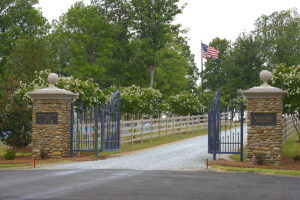 Which came first, the railroad or the roads? Things seem to point to the roads for me. The fact that they once appeared on maps as part of the county roads system, but 20 years later were no longer in evidence on official maps, tends to make me believe they had been there for some time and were created by and for the people living in the area.
Which came first, the railroad or the roads? Things seem to point to the roads for me. The fact that they once appeared on maps as part of the county roads system, but 20 years later were no longer in evidence on official maps, tends to make me believe they had been there for some time and were created by and for the people living in the area.
Is the floor of the tunnel over a road bed or a creek bed? Castle Creek flows on one side of the tunnel now, not through it. But who knows what changes have been made to the course of the creek and the geography of the area as a whole in the 100-plus years it has stood there?
Which came first, the tunnel or the railroad? If the railroad came first and the tunnel was a result of the railroad — which makes sense — given the railroad is over the tunnel, why did it have to be built? What did tracks have to cross that called for a tunnel instead of a trestle?
If the railroad came first and someone built it for safe passage under the tracks, why such a large, sturdy structure? And why are there no records of its construction? And why are so many people unaware of its existence?
The tunnel is massive, beautiful, and quite a surprise to come upon in the woods. Does it really matter who built it, or why was it built? What matters is that it is there. It is a beautiful structure surrounded by a beautiful setting, and part of a great undertaking by a great couple that will allow others to enjoy it.
The tunnel is located on the grounds of Tunnel Creek Vineyards, 1576 Berryhill Road, in northern Person County. For more information visit https://tunnelcreekvineyards.com/ ![]()
![]()
Norwood Walker has spent much of the last 60 years in a classroom on one side of the desk or the other. Loving to write poetry and stories in high school, his English teacher of 3 years once told him he might become a writer if he overcame his radical period. She is still waiting. He can be reached at norwoodwalker@gmail or Rainbow’s End on Facebook.
